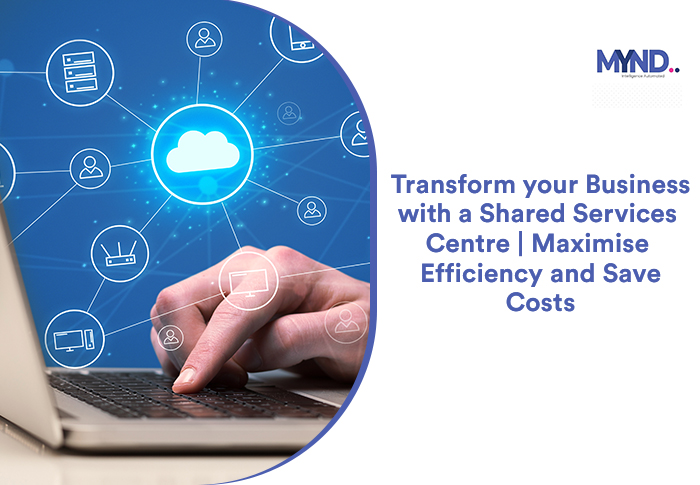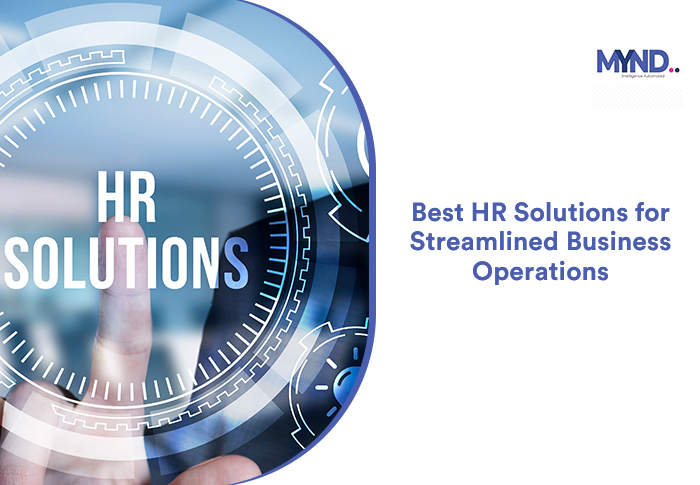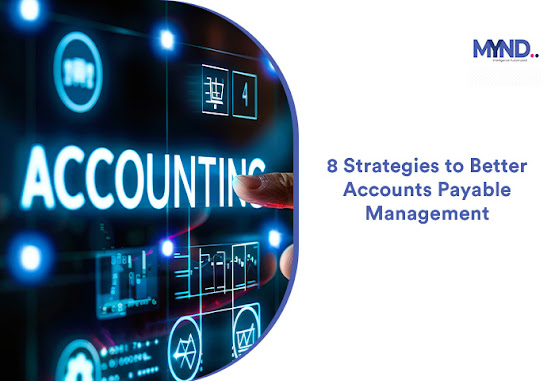Unlocking the Power of the Best Fixed Asset Management System in 2025
 |
| Unlocking the Power of the Best Fixed Asset Management System in 2025 |
Efficient fixed asset management can be a game
changer for any business, helping to optimize asset utilization, save costs,
and improve operational transparency. As companies scale, managing physical
assets manually or through simplistic methods becomes impractical. Choosing the
right fixed asset management system and partnering with a
trusted fixed
asset management service provider is
now an essential strategy for maintaining business efficiency and compliance in
2025.
Understanding the Importance of Fixed Asset
Management
Fixed asset management refers to the systematic process
of tracking and managing a company's physical assets—from acquisition through
disposal. These assets might include machinery, computers, vehicles, or any
equipment that helps run daily operations.
Without an efficient system, businesses risk losing track of
asset location, overpaying on maintenance, and missing depreciation deadlines,
which can lead to financial misstatements. Engaging fixed asset management
companies or deploying specialized fixed
asset management services ensures that companies can monitor asset
health, optimize their lifecycle, and remain audit-ready.
Key Features to Look for in a Modern Fixed Asset
Management System
1. Real-Time Asset Tracking and Visibility
One foundational feature is the ability to monitor assets in
real time. Employing technologies like RFID, GPS, or barcode scanning,
a fixed asset management system provides a dynamic view of asset
locations and usage status. This reduces the chances of loss, theft, or
misallocation and enables quick decision-making.
2. Automated Depreciation and Financial Compliance
Handling depreciation schedules manually can be cumbersome
and error-prone. Modern systems automate these calculations using various
accounting methods such as straight-line or declining balance. This
functionality keeps financial records accurate and simplifies tax compliance, a
crucial advantage offered by many fixed
asset management companies.
3. Predictive Maintenance and Scheduling
Scheduling regular upkeep is key to extending asset lifespan
and avoiding costly breakdowns. Advanced fixed asset management
services offer AI-driven predictive maintenance alerts that help businesses
act proactively. This feature helps optimize maintenance costs while ensuring
operational continuity.
4. Advanced Reporting and Business Analytics
Extracting actionable insights from asset data is vital for
strategic planning. The best fixed
asset management systems come
equipped with customizable dashboards and reporting tools that deliver insights
on asset utilization, ongoing costs, and lifecycle trends, enabling data-driven
decision-making.
5. Seamless Integration Capabilities
A scalable system integrates smoothly with existing
platforms such as ERP, supply chain, and accounting software. Integration
ensures data consistency, reduces manual data entry, and streamlines
workflows—capabilities expected from sophisticated fixed asset management
software solutions.
Essential Criteria When Selecting Your Fixed
Asset Management System
Beyond features, selecting a solution that matches your
business’s operational needs is critical.
- Ease
of Use: The system should feature an intuitive user interface that
minimizes training time and reduces errors.
- Security: Protection
of asset data is paramount, requiring robust access controls, encryption,
and audit trails.
- Customization: Businesses
should be able to modify workflows and reporting parameters to fit unique
operational requirements.
- Scalability: As
your asset base grows, the system must accommodate additional assets,
users, and sites without degradation of performance.
- Reliable
Support: Choose fixed asset management service
providers who offer strong technical support and user training to
maximize deployment success.
Benefits of Partnering with Leading Fixed Asset
Management Companies
While technology is key, expert support from
specialized fixed asset management companies elevates the process.
Companies like Mynd Integrated Solutions Pvt. Ltd. provide
comprehensive fixed asset management services, including asset tagging,
physical verification, lifecycle tracking, and automated reconciliation. Such
end-to-end services reduce inaccuracies and streamline compliance efforts.
Moreover, fixed asset management service
providers help businesses stay ahead of evolving regulations and industry
best practices. Their expertise ensures asset data integrity and optimizes
overall asset utilization for cost savings and operational improvements.
Emerging Trends in Fixed Asset Management for
2025
The landscape of fixed asset management is
evolving rapidly with new technologies shaping the future. Key trends include:
- AI-Powered
Predictive Analytics: Enhancing maintenance scheduling and anomaly
detection through artificial intelligence.
- Cloud-Based
Asset Management: Facilitating remote accessibility, real-time
updates, and seamless scalability.
- Mobile
Asset Management: Empowering on-the-go access via mobile apps for
asset tracking and auditing.
- IoT
Integration: Enabling automated data collection through connected
sensors embedded in assets.
- Sustainability
Tracking: Helping businesses monitor asset energy use and
environmental impact.
Adopting a next-generation fixed asset management system that
embraces these trends equips businesses to maximize asset value and operational
efficiency amidst increasingly complex environments.
How to Choose the Right Partner and Software
Choosing the best fixed asset management
system and provider involves:
- Assessing
current and future asset management needs.
- Reviewing
vendors’ feature sets against essential criteria listed above.
- Investigating
provider experience, industry reputation, and customer support.
- Considering
technology roadmap alignment, including AI, IoT, and cloud capabilities.
- Requesting
demos and trial periods to evaluate ease of use and integration fit.
Conclusion:
Effective management of physical assets directly impacts a company’s bottom
line and operational efficiency. In 2025, leveraging a comprehensive fixed
asset management system combined with expert fixed asset management
services is indispensable for businesses aiming to stay competitive,
compliant, and cost-effective.
Partnering with experienced fixed asset management
companies ensures access to the latest technology innovations and best
practices. This strategic investment helps businesses streamline asset
tracking, optimize maintenance, automate depreciation, and gain valuable
insights through reporting.
By choosing the right technology and trusted partner, companies can unlock the full potential of their asset base and pave the way for sustainable growth.



Comments
Post a Comment